The middle school class did the same fox and rabbit game that the high school class did last week and you can read about it in the last post. Here’s a graph from one group, you can see the rabbit population increases quickly and once there is a pretty big rabbit population the foxes start to reproduce and their population takes off as well. But once the fox population gets larger, the rabbit population takes a plunge as they get eaten by all the foxes. Pretty soon the foxes die off as there are no more rabbits to eat and it starts all over again. One student suggested that we make the ecosystem/field smaller each generation to simulate humans encroaching on their habitat. This is a great idea and I might have one group do that next time while the other group plays with a constant size habitat. It would be interesting to see the differences.
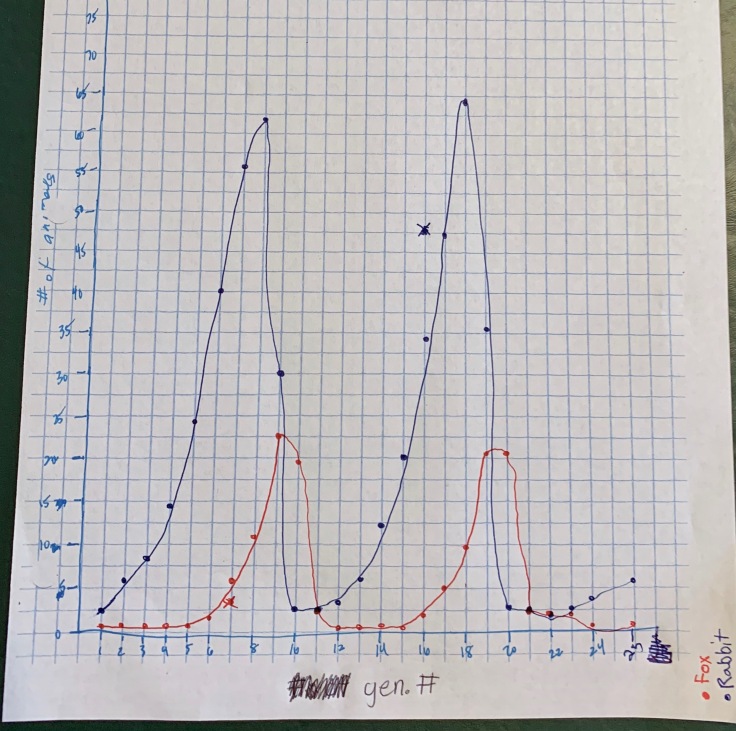
For the graph, I labeled the axes and then gave copies to the students since they are still learning how to make graphs and we were running out of time.
We also had the baby bunnies and guinea pig back for the third week in a row. Here are the photos of the bunny for comparision. Its amazing how quickly they change. The guinea pig really did change much except for its size.






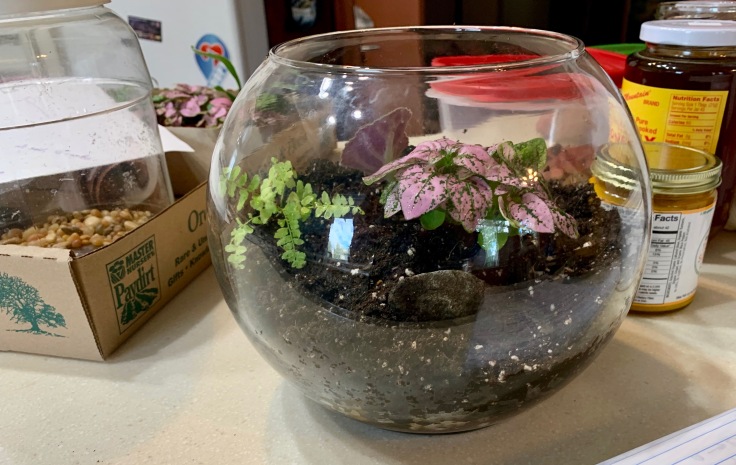
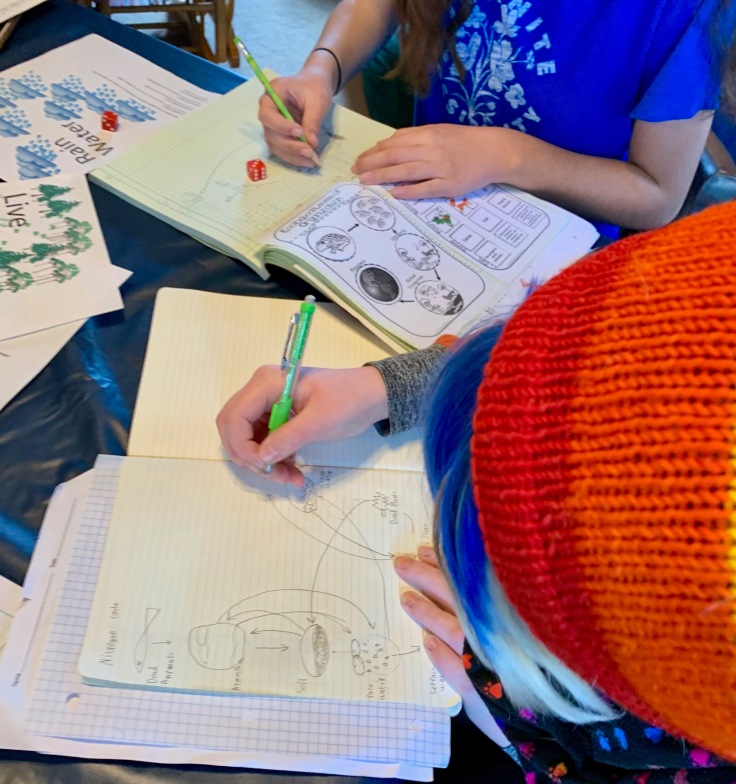 which meant my nitrogen was absorbed by a living plant. I then went to the Living Plant station, rolled a 3, which means the plant died and I moved on to the Dead Animals and Plants station. From there the dead plant decomposed and the nitrogen entered the soil, where it was aborbed by a live plant, which then died…. and so on. The students could stop if their nitrogen visited every station but some got stuck cycling between just a few stations. I really like this activity because I think the students are more likely to remember all the ways nitrogen moves around the environment, having acted it out, instead of just reading it. Students wrote down a list of stations as they visited them or drew them out as in the photo above.
which meant my nitrogen was absorbed by a living plant. I then went to the Living Plant station, rolled a 3, which means the plant died and I moved on to the Dead Animals and Plants station. From there the dead plant decomposed and the nitrogen entered the soil, where it was aborbed by a live plant, which then died…. and so on. The students could stop if their nitrogen visited every station but some got stuck cycling between just a few stations. I really like this activity because I think the students are more likely to remember all the ways nitrogen moves around the environment, having acted it out, instead of just reading it. Students wrote down a list of stations as they visited them or drew them out as in the photo above.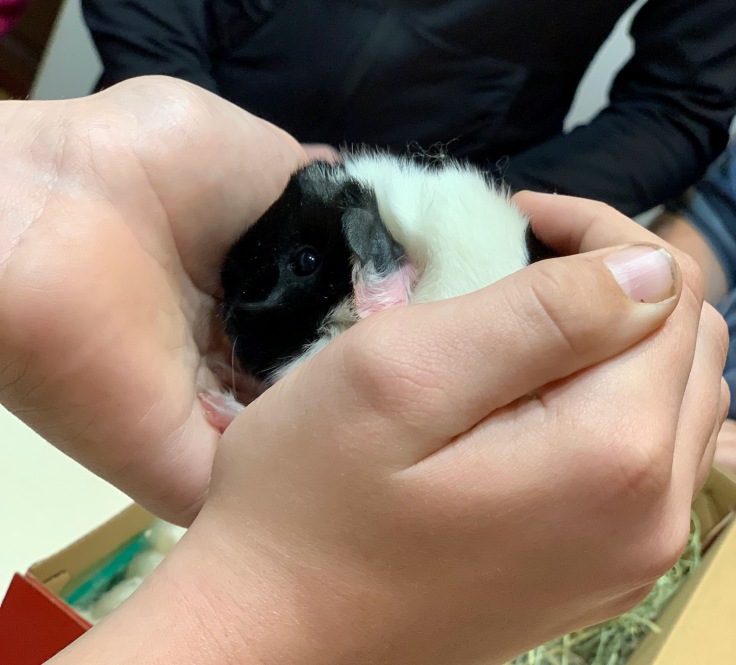
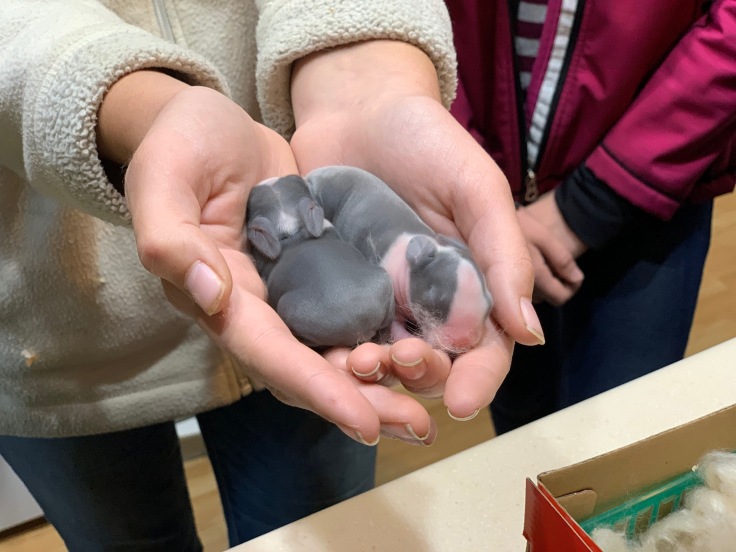 As a bonus, one of the families brought their baby bunnies and baby guinea pig to class for show and tell. It was really amazing to see them both because even though both are only a few days old, the guinea pig looks just like a small adult, eyes open, teeth, fur, yet the baby bunnies, who are actually older, barely had fur and their eyes aren’t open yet. I’m hoping they will bring them back in a week or two so we can see how they change.
As a bonus, one of the families brought their baby bunnies and baby guinea pig to class for show and tell. It was really amazing to see them both because even though both are only a few days old, the guinea pig looks just like a small adult, eyes open, teeth, fur, yet the baby bunnies, who are actually older, barely had fur and their eyes aren’t open yet. I’m hoping they will bring them back in a week or two so we can see how they change.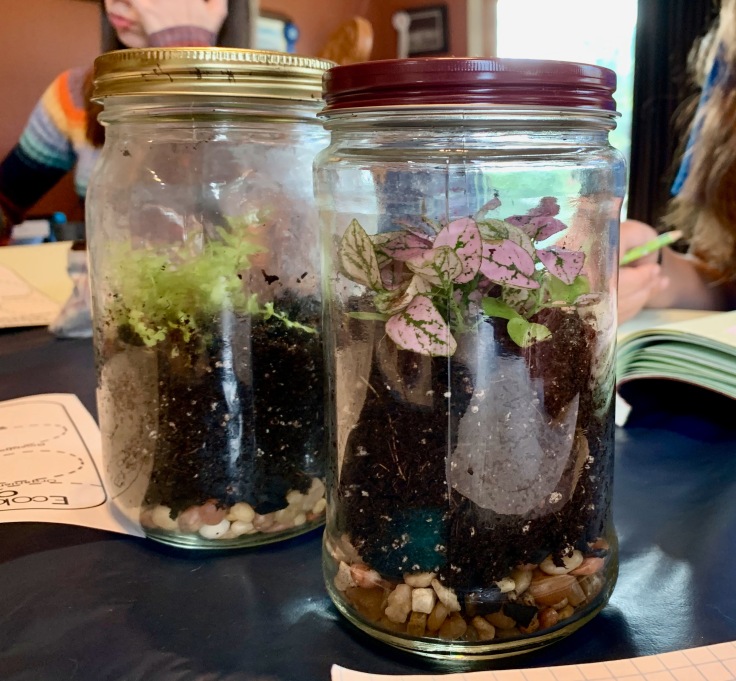
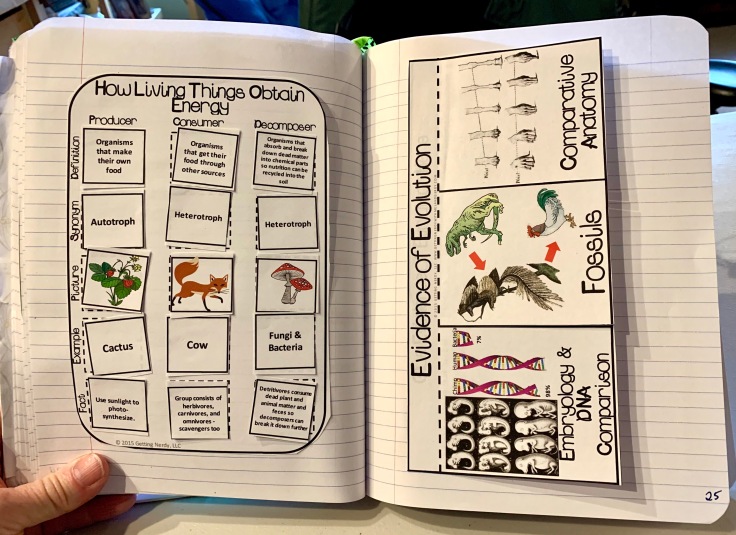 Finally we added some pages to our interactive notebooks. The first one was a lift the flap on the evidence for evolution (above right), which can be found in the
Finally we added some pages to our interactive notebooks. The first one was a lift the flap on the evidence for evolution (above right), which can be found in the 